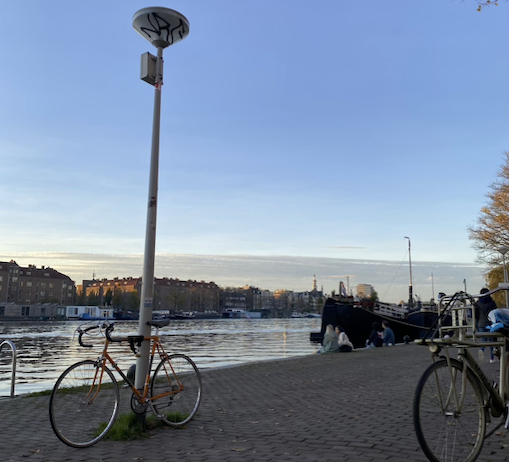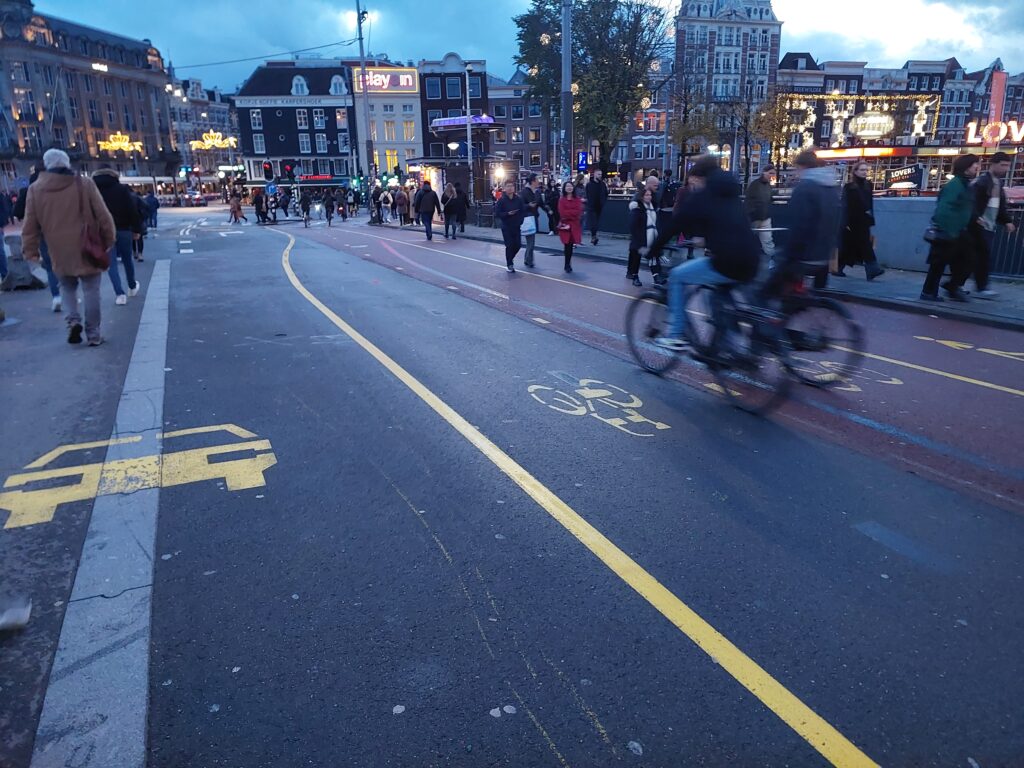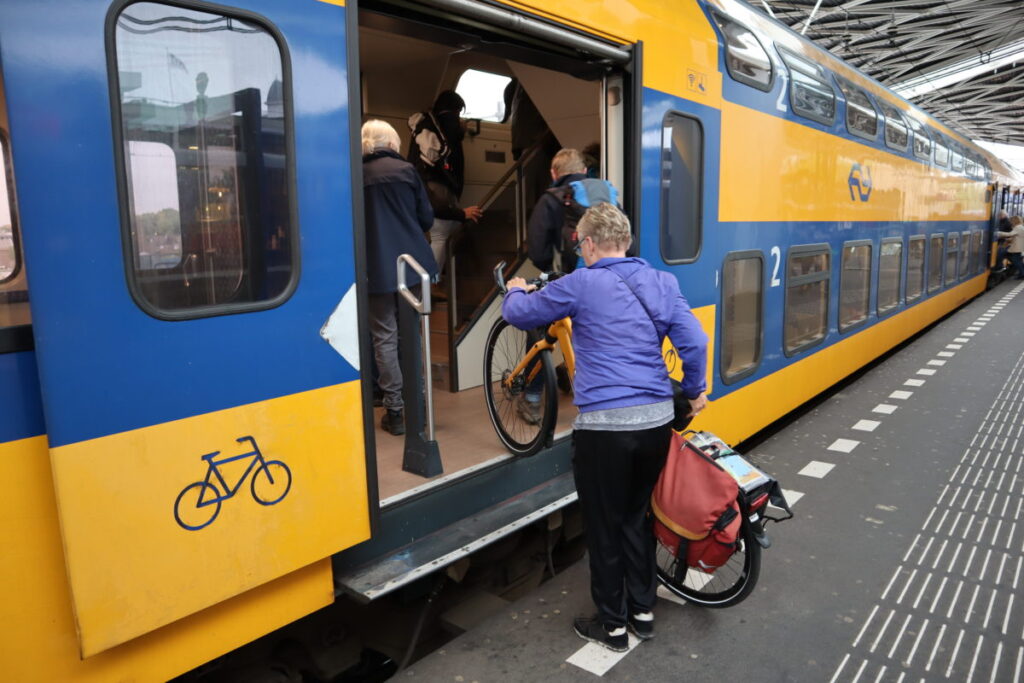Written by Giselinde Kuipers | summarized by Jessica Rosenqvist
What causes the rise and decline of national habitus? What is the concept of national habitus? In her article, Giselinde Kuipers discusses the four processes that contribute to the similarities within countries, which results in the formation of national habitus and the diminishment of these processes since the 1960s which has resulted in its decline. Throughout the text, she uses Dutch cycling culture as an example to highlight how it has related to changes in national habitus. The article is split into three objectives: 1) Reintroducing the concept of national habitus in sociological research. 2) An analysis of the formation of national habitus in the Netherlands and other European countries. 3) Showing the decline in national habitus due to globalisation, egalitarianism and informalisation.
So what is the concept of national habitus? Invented by Norbert Elias, it allows us to examine the development of national similarities by not only looking at institutional structures but also people’s behaviour. The word ‘habitus’ is derived from ‘habit’ and ‘is our culturally and socially shaped ‘second nature’ ’. Kuipers looks at how national habitus has come into being and takes a processual approach, where habitus formation is a process that can wax and wane. Kuipers uses the Netherlands to observe the formation and changes in national habitus due to the country being one of the most homogeneous nation-states in the world. The example that they use for observing national habitus in the Netherlands is cycling. Compared to the neighbouring countries, Dutch people use the bicycle more although the wealth, climate and terrain of the surrounding countries are similar. Although the usage of the bicycle is not uniform in the Netherlands, the Dutch still cycle more than people who have similar backgrounds in other countries.
Kuipers refers to four processes that have led to national habitus formation. Firstly, was the increase in interdependence, where, since the Middle Ages, people have become part of greater social units. This increasing interdependence led people to be more aware of the people that were in their units, and adapt more to them to be able to fit in and identify better with one another. Secondly was the increase in density of the networks that people were part of, specifically nation-led institutions such as education, law and justice and social security. Education in particular is key to the formation of national habitus as, although it creates social difference and inequality, it also produces social similarity. Thirdly, is the vertical diffusion of standards, tastes and practices, where people emulate the habits of higher status people. Educational institutions are vehicles for vertical diffusion. The final process is the formation of national ‘we-feelings’, where in the Netherlands, the key piece in the development of this feeling was the unpretentious behaviour of the Dutch royals, riding their bicycles.
The peak of the formation of national habitus according to Kuipers, was reached in the latter half of the 20th century. Since then, due to globalisation, there has been growing integration and interdependence between people across borders and not simply within one. Institutions are also less constrained by national boundaries, therefore there is a decrease in the second process of national habitus formation. There has also been a decrease in vertical diffusion of standards and practices (3rd process) since the 1960s and 70s, where there has been a movement of upward mobility and the development of ‘informalisation’ and a decreased distinction in social classes.
Kuipers concludes by stating that there is a decrease in national habitus with an increasing diversity within a nation and increasing similarities between countries due to globalisation. Therefore, the Dutch bicycle ending at the border, is a more uncommon occurrence during the waning of national habitus. However, the Netherlands is still a very homogeneous country, despite the developing differences within nations. Kuipers also states that ‘a more historicised, processual understanding of national culture’ is necessary, such as what are the factors that produce national similarity and what are the aspects that cause the decline in national habitus?
Reference:
Kuipers, G. (2013). The rise and decline of national habitus: Dutch cycling culture and the shaping of national similarity. European Journal of Social Theory, 16(1), 17-35. https://doi.org/10.1177/1368431012437482



